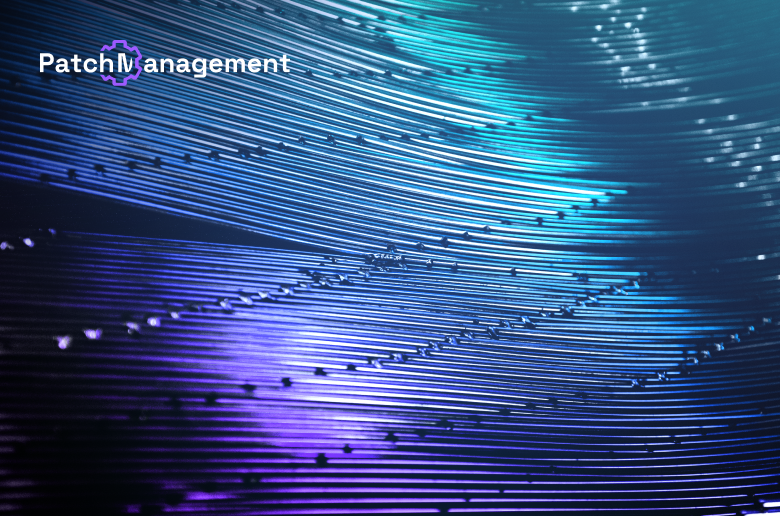Can you describe the biggest cyber threat you’ve encountered this year and how your team responded to it?
What are some of the most effective tools and techniques you use for threat detection and analysis?
How do you stay updated with the constantly evolving landscape of cyber threats, and what resources would you recommend to other professionals in the field?
- FS-ISAC (Finance)
- Health-ISAC, ME-ISAC (Media)
- and the newly formed Crypto-ISAC. FPCollab operates similarly to ISACs but is primarily an information-sharing space for Flashpoint clients.
This platform allows for focused and collaborative intelligence sharing, enhancing our ability to respond to threats effectively.
Can you share a specific case where your threat intelligence made a significant impact on preventing a cyber attack or mitigating its effects?
We began tracking and reporting on a cyber threat group well before it gained attention from mainstream media. By analyzing the group’s tactics, techniques, and procedures early on, our client’s red team was able to use this intelligence to identify a vulnerability in their helpdesk system.
This early detection allowed them to set remediation strategies promptly, significantly reducing the risk of the organization falling victim to future attacks.
What advice would you give to someone new in the field of cyber threat intelligence to help them become proficient and stay ahead of emerging threats?
Embrace imposter syndrome and stay curious.
The goal of cyber threat intelligence is to strengthen cyber programs and proactively identify cyber threats for an organization.
Roles in this field are driven by the intelligence requirements that need to be met—essentially, finding actionable information that teams can use.
To meet these requirements, you need a diverse skill set, which is why many cyber threat intelligence analysts come from varied backgrounds.
For example, someone might have minimal IT experience but extensive intelligence analysis experience.
Others might come from IT or other cyber roles with a deep technical understanding of attack vectors but lack intelligence analysis experience.
Some might have been fraud analysts with a deep understanding of the cybercrime ecosystem.
It’s important for CTI professionals to work on what they’re missing to become well-rounded generalists capable of understanding almost all cyber threats.
To build this diverse skill set, constantly upgrade your knowledge by learning about cyber concepts, investigation techniques (such as phishing analysis, malware analysis, and vulnerability analysis), and the cybercrime ecosystem.
Personally, I enhance my skills by writing security research blogs on interesting analysis techniques, malware analysis, and coding tools.
Additionally, I participate in cyber examinations from SANS and other niche cyber courses to stay current and deepen my expertise.


